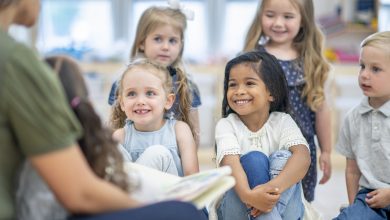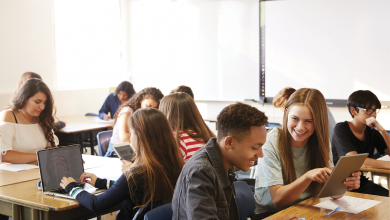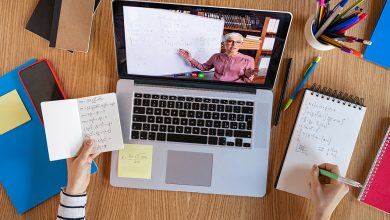Despite the multiple educational trends that have emerged in recent years, there are still classes that are taught in a traditional way. The main problem with classroom lectures is that they are teacher-centered, which means that teachers are dedicated to explaining a topic to a large percentage of the class. But, what about students? How much are they learning and applying the contents learned if they are listening to an explanation most of the time? Whether it’s face-to-face or virtual, a class that aims at meaningful learning means that the student needs to interact and apply what he or she has learned; this implies removing the teacher from the center of the equation. Therefore, it becomes essential to apply active pedagogy that focuses the educational effort on the student, their needs, their rhythms, and their context. Flipped learning is one way to achieve this. Let’s see what this approach means and implies.
Flipped learning is a pedagogical approach that flips the way the content is taught (Bergmann & Sams, 2012; FLN, 2014). Instead of teaching a class to students, teachers prepare the content so as to dedicate class time to applying and practicing the concepts. Here it is necessary to clarify that flipped learning is not the same as flipped classroom. Flipped classroom refers to flipping the content by asking students to access it autonomously. This means, a teacher can flip his or her class, but continue with the traditional and passive approach when having a face-to-face lesson with students; Thus, the class has been flipped, but the learning is not taking place in an efficient way because the teacher is not planning a dynamic, participative and meaningful class. In this case, we can say that the class is flipped, but this does not necessarily mean that flipped learning is taking place. The Flipped Learning Network – FLN (2014) presents pillars and indicators that allow us to confirm that student learning is also flipped, not just content. These will be mentioned in more depth below.
The first definition of flipped learning was presented by FLN (2014) as “a pedagogical approach in which direct instruction moves from the group learning space to the individual learning space, and the resulting group space is transformed into a dynamic, interactive learning environment where the educator guides students as they apply content and engage creatively in the subject matter.”
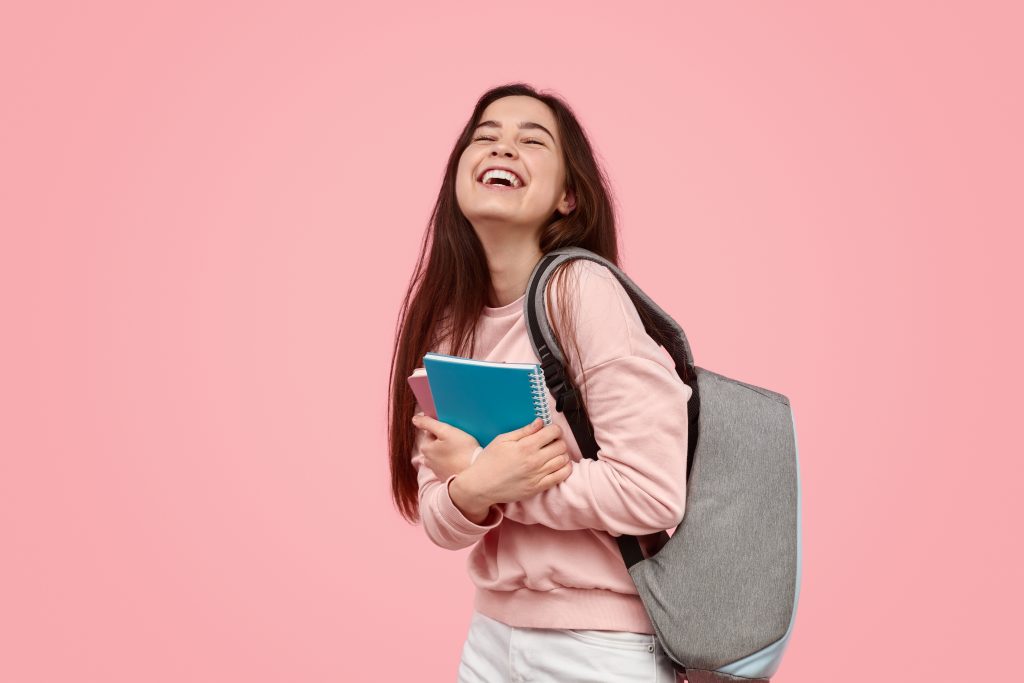
If we analyze this definition in detail, we can identify the change teacher and student roles. The teacher provides direct instruction in the way that is most appropriate for their context and subject (video, reading, audio, virtual resource, etc.) and the students access it, taking responsibility for their learning.
A new definition of flipped learning was recently proposed by the Academy of Active Learning Arts and Science – AALAS (2019) in which flipped learning is a framework “that enables educators to reach every student. The flipped learning approach inverts the traditional classroom model by introducing course concepts before class allowing educators to use class time to guide each student through active, practical, innovative applications of the course principles”. But what if the students cannot do the work before class? Can the flipped content only be available prior to the lesson with the teacher? Well, there is another alternative flipping approach known as In-class flip, which refers to accessing the flipped content in the same class space; it is a way to flip the content within class time through different resources with different configurations (Ramírez, 2019). In other words, the teacher can present the flipped explanations in the same class through different configurations such as station work or through individual, pair or group work (Ramirez & R. Buitrago, 2018). Therefore, the definition of AALAS in which the access to concepts is only provided before class excludes the concept of In-class flip and I consider it necessary to clarify that flipped learning in practice is a much more flexible approach.
A class that aims at meaningful learning means that the student needs to interact and apply what he or she has learned; this implies removing the teacher from the center of the equation.
Let’s go back to what leads us to talk about flipped learning instead of a flipped classroom. The Flipped Learning Network (2014) proposes four pillars that teachers must incorporate into their practice to go from a flipped class to flipped learning. Each of these pillars has two or three indicators that become a guide for understanding and applying this approach. Because it is an approach, there is no exact formula or way to apply it since each context is unique and requires personalized decisions made by the teacher to make the learning experience as meaningful as possible.
First Pillar: Flexible environment
It takes into account different ways of learning. Teachers are aware of how their students learn and make decisions regarding the needs that arise in the classroom. There is flexibility in the way learning takes place and the time frames that are conceived and configured. Observation plays an important role in making adjustments.
Second Pillar: Learning culture
It has to do with meaningful learning experiences. The student is at the center of the process. There is a culture within the classroom where students can work with each other and where they can develop their autonomy.
Third Pillar: Intentional content
It involves curating or creating material for the content to be taught. The teacher is a designer or curator of the material, choosing content that can be flipped (replacing direct teacher instruction) and making it accessible to students in different ways. Teachers take into account the needs of their students when deciding the type of material for their classes.
Fourth Pillar: Professional educator
It proposes a teacher who constantly reflects on his or her practice, who collaborates with peers and shares what he or she does. The teacher offers constant feedback to students and accepts constructive criticism to improve his or her own practice.
To learn more about the pillars and indicators, download the definition of the Flipped Learning Network here. In this link you can find a video with a more detailed explanation about this approach.
This approach requires a mindset shift in the teacher, since the central focus of learning is the student (Bergmann & Sams, 2012) and this implies letting go of control and embracing a learning culture completely different to the traditional one. Thus, it requires a growth mindset (Dweck, 2016) from both teachers and students, since abandoning the traditional teaching methods leads to challenges, learning from mistakes and a more flexible understanding of all the implications and dimensions behind a teaching and learning process.
The big question is: Where do I start? Here are some steps that can guide you on this flipped learning path. For a more detailed explanation, watch this video https://www.youtube.com/
watch?v=oeMppY53OWI&
list=PLXua0r3kXwR
fBXjXhtXtk_OVv9azh3EkP&index=3 with the steps and examples from my teaching practice.
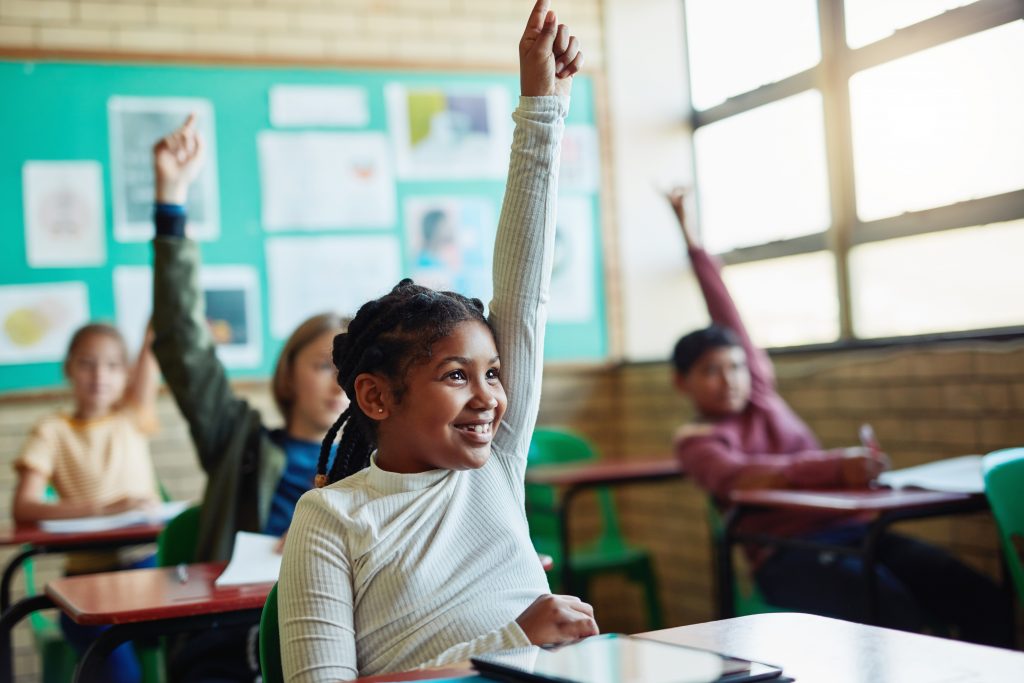
1) Choose a planning resource
Decide where you are going to take notes: a notebook, a sheet of paper, a digital document, and some post-its. Whichever the resource, it is necessary to keep a record since a flipped lesson does not leave room for improvisation. Besides, you are probably going to want to go back to your planning and make adjustments.
2) Start small
To get started, it is a good idea to begin by flipping content from a small element of your class. This can be a lesson or an activity. Taking small steps will allow you to become familiar with the approach and the needs that your particular context demand of the content itself. Plus, you can test, discard, and make changes almost immediately.
3) Decide how you want to flip
Flipped content can be learned inside (in-class flip) or outside the class. This decision will depend on the context and the level of student autonomy. In cases where it is not possible to leave homework, in-class flip becomes a good alternative.
4) Keep in mind your context and resources
A flipped lesson can be done with or without technology. What resources do you have? A flipped explanation can be done with a video, a digital text, an audio, a paper-based reading, an infographic, a poster, a worksheet, etc. This step allows you to make decisions about the type of resources and content that can be used in the lesson.
5) Decide what material you want to flip
You already know what resources you have and now you can make decisions about the content itself. Will you create or curate content? There are a number of high-quality, free resources at a click that you can choose and use for your classes. However, there are very specific subjects or topics that may require creation from scratch. If your best option is to create, decide which format you want to present the information in.
6) Make your students responsible for their learning
Be sure to use strategies to verify that your students are doing the flipped work. You can accompany the flipped content with a specific task that requires the student to actively interact with the information provided: a questionnaire, a workshop, reflection questions, a mind map, a drawing, etc.
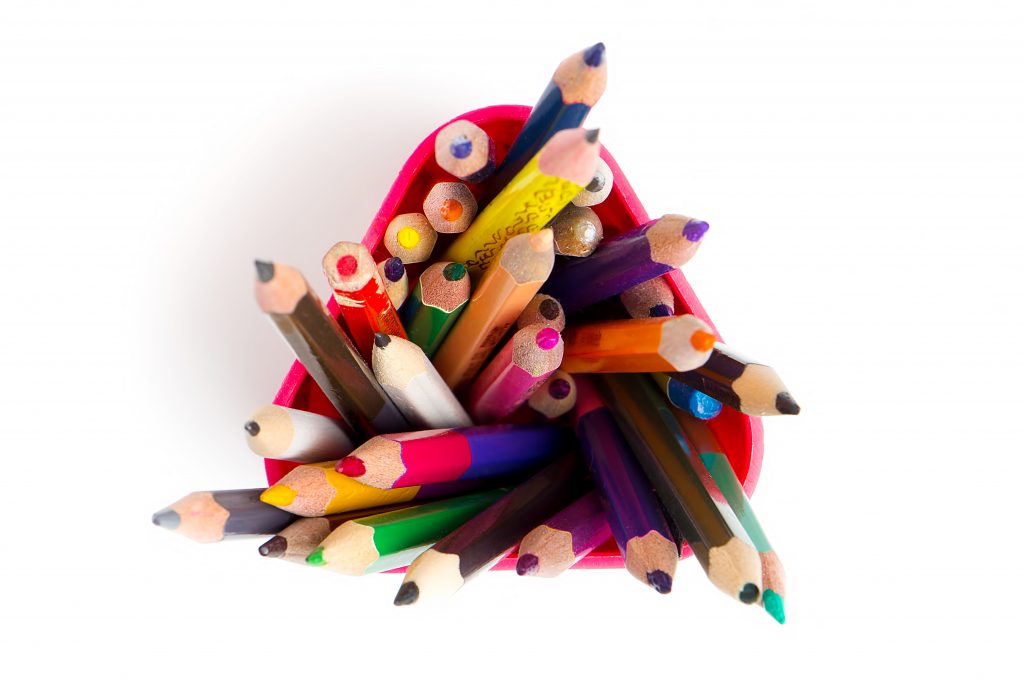
7) Plan active learning tasks
It is important to use the group space to develop higher order thinking skills. A good way to do this is to use Bloom’s taxonomy as a base, focusing the activities of the class on applying, analyzing, evaluating and creating, while the flipped content focuses on remembering and understanding.
8) Decide how to provide feedback
In any learning process, feedback must be continuous. At this point it is important to think about what will be graded and what will be assessed. The truth is that within this approach formative assessment is prioritized over summative assessment.
9) Put yourself in your students’ shoes
In his book “The Innovator’s Mindset”, George Couros invites us to constantly ask ourselves if we would like to be students in our own classes. It is an important reflection that should be part of any planning process. When we put ourselves in our students’ shoes, we recognize the value of empathy and we take into account the specific needs of our students in decision making.
10) Monitor the process
The lesson is already planned! Now it’s your turn to provide support throughout the activities. Remember that your role is to be a guide and facilitator of learning. Don’t stay at your desk! Monitor what your students are doing, ask questions, provide answers, and provide feedback.
11) Observe and take notes
Be an observer of your class in action. Some questions to consider are: What worked well? What was missing? How could the lesson improve? How did my students react throughout the various activities? What did they like or dislike? Where did they have doubts?
12) Ask for feedback
To improve your lesson, ask for feedback from your students and colleagues. It is hard to see the flaws in a lesson that only we have introspectively evaluated. Our colleagues can provide us with valuable insights from other perspectives and experiences. Our students are the ones who will tell us if it really worked or if improvements need to be made. This is where our growth mindset comes in to receive criticism as valuable information for further improvement.
13) Make adjustments to your plans
Based on your own observations and the feedback you have collected, make the necessary adjustments to improve your lesson.
14) Share your work
There is no point in teaching a wonderful lesson if we cannot share it with other people who will benefit from our experience. This is how we all grow, contribute, and improve in an educational community.
In conclusion, the flipped learning approach is an invitation to rethink our practice from various dimensions that go beyond content. For those of us who have flipped our teaching for many years, there is no going back. This approach forces us to recognize what each of us brings to each class when we realize that what matters least is content expertise. RM

